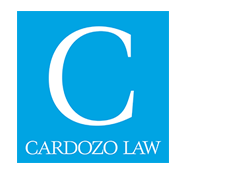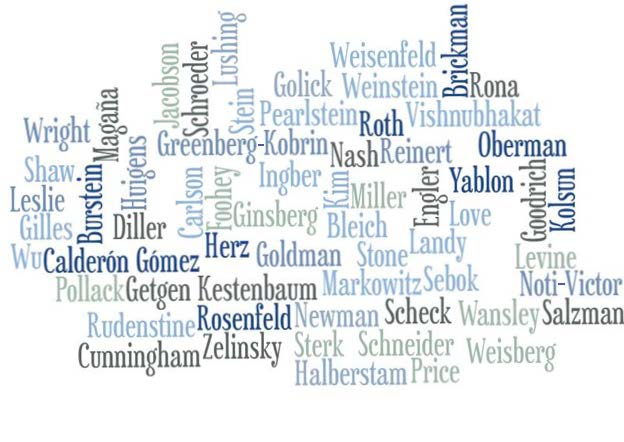Publication Date
2024
Journal
Washington University Law Review
Abstract
Late last year, a federal court sided with the Department of Justice and blocked the planned merger of book publishers Simon & Schuster and Penguin Random House. The decision was a rare collision between antitrust law and the deeply consolidated copyright content industries. Over the course of the past decade, acquisitions and mergers in the recording, music publishing, and audiovisual space have left just a handful of juggernaut content producers in their wake. Moreover, new technology companies that have entered the content-creation and distribution markets have begun to leverage their scale to further their own industry consolidation.
This Article examines the growing competition problems in the copyright industries and argues that, despite a resurgent interest in antitrust enforcement among policymakers, antitrust alone has not provided adequate solutions. Indeed, in the aftermath of the DOJ’s victory against Penguin Random House, the publishing industry is now predicting that Simon & Schuster will simply be stripped and sold for parts, hurting author compensation while doing little to stop industry concentration. Copyright law—including its collection of safe harbors, compulsory licenses, and other industry-regulating regimes—also appears unable to meaningfully address the current reality.
The Article argues that antitrust and copyright law cannot work in silos. To find a way forward, we shine a spotlight on an underexplored legal regime: the antitrust consent decrees that continue to regulate certain licensing markets in the music industry by subjecting the organizations ASCAP and BMI to rate setting by the federal courts. We draw on this unusual system—perhaps the only example of antitrust regulation that has directly incorporated a concern with copyright’s policy agenda—to propose a new regulatory model based not on discrete, one-off interventions (such as blocking a merger), but rather full regulation of the licensing practices in concentrated content markets. As the consent decree model shows, copyright and competition law can work in tandem, ensuring that antitrust regulation of the creative-content space remains sensitive to copyright’s overarching goals of incentivizing creativity and ensuring public access to cultural works.
Volume
101
Issue
3
First Page
851
Last Page
922
Publisher
Washington University School of Law
Keywords
antitrust, copyright, regulation, intellectual property, competition policy, innovation policy, consent decrees
Disciplines
Antitrust and Trade Regulation | Intellectual Property Law | Law | Law and Society
Recommended Citation
Jacob Noti-Victor & Xiyin Tang,
Antitrust Regulation of Copyright Markets,
101
Wash. U. L. Rev.
851
(2024).
https://larc.cardozo.yu.edu/faculty-articles/826
Included in
Antitrust and Trade Regulation Commons, Intellectual Property Law Commons, Law and Society Commons



